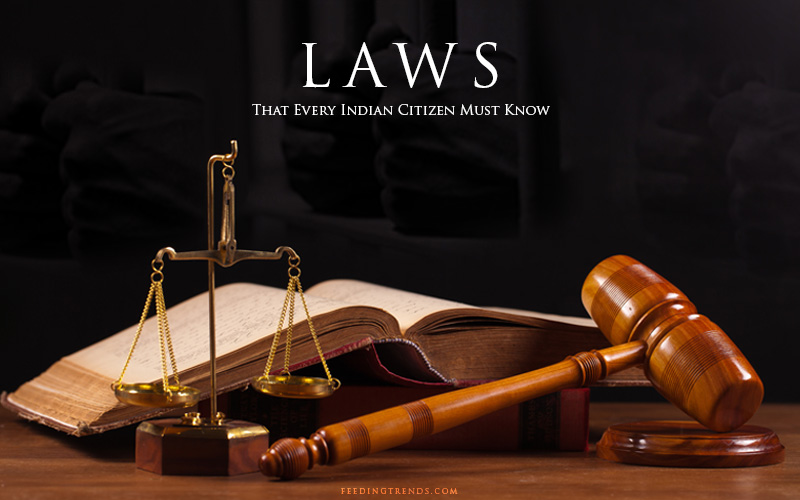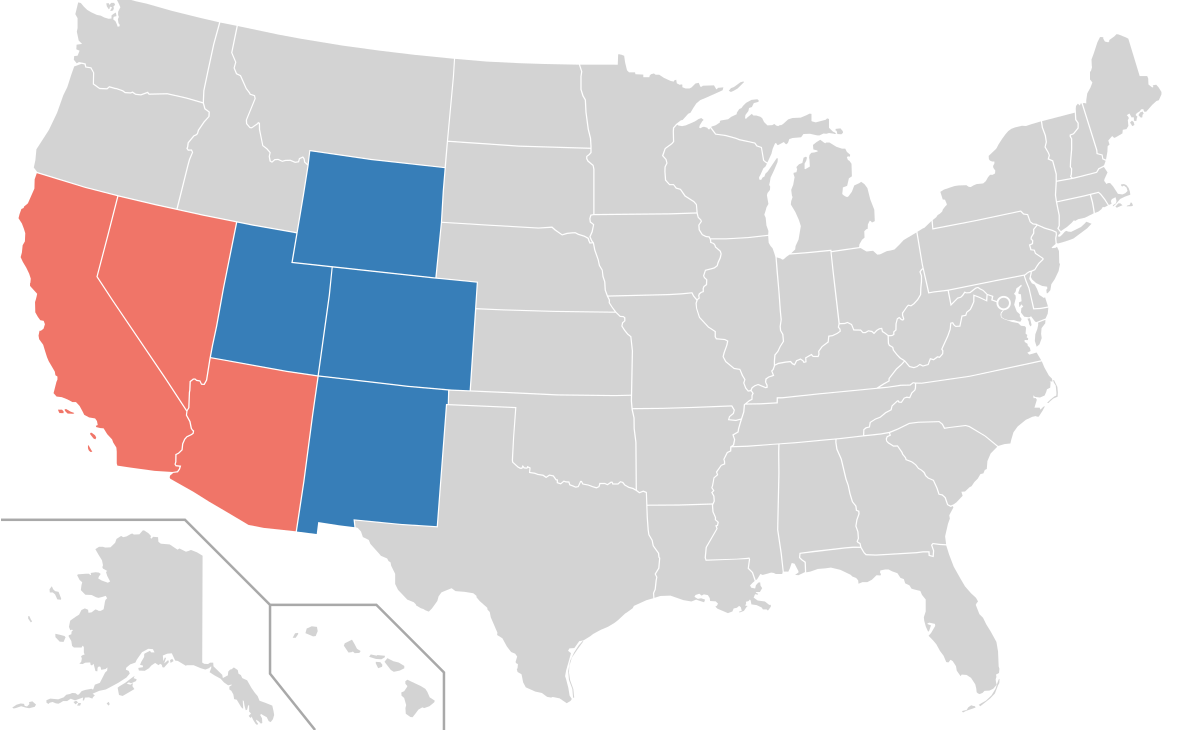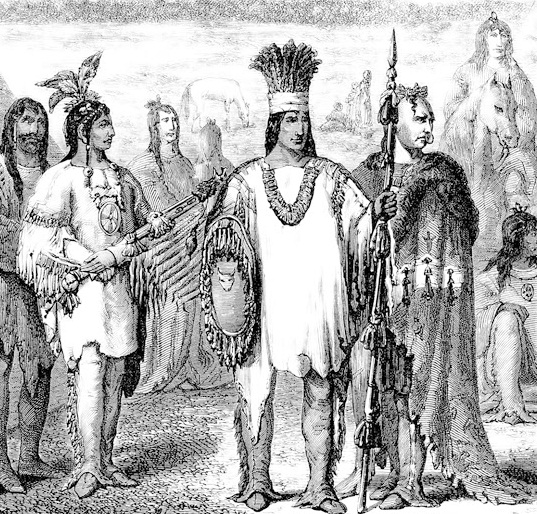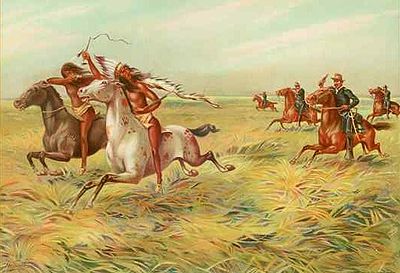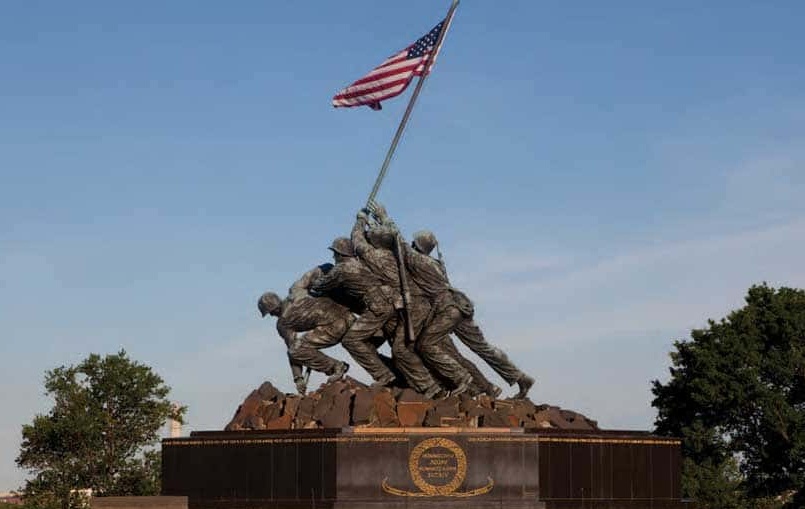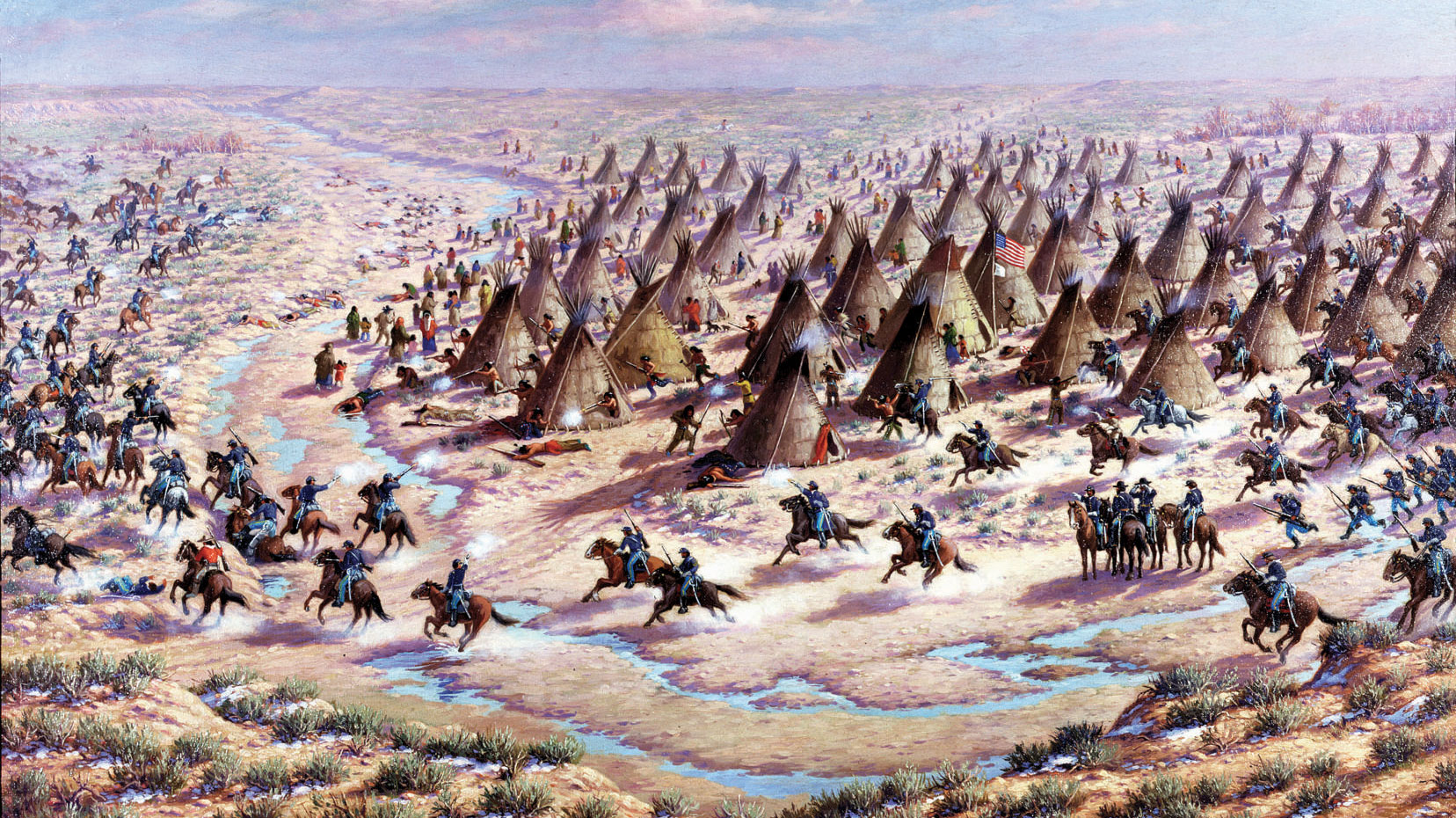The Marmes Rockshelter
Much of what we know about the people of the ancient world has come from archaeological findings in caves and rockshelters. A rockshelter, by the way, is wider than it is deep, while a cave is deeper than it is wide. Rockshelters and caves provided people with shelter, usually temporary, where they could camp while … Continued

